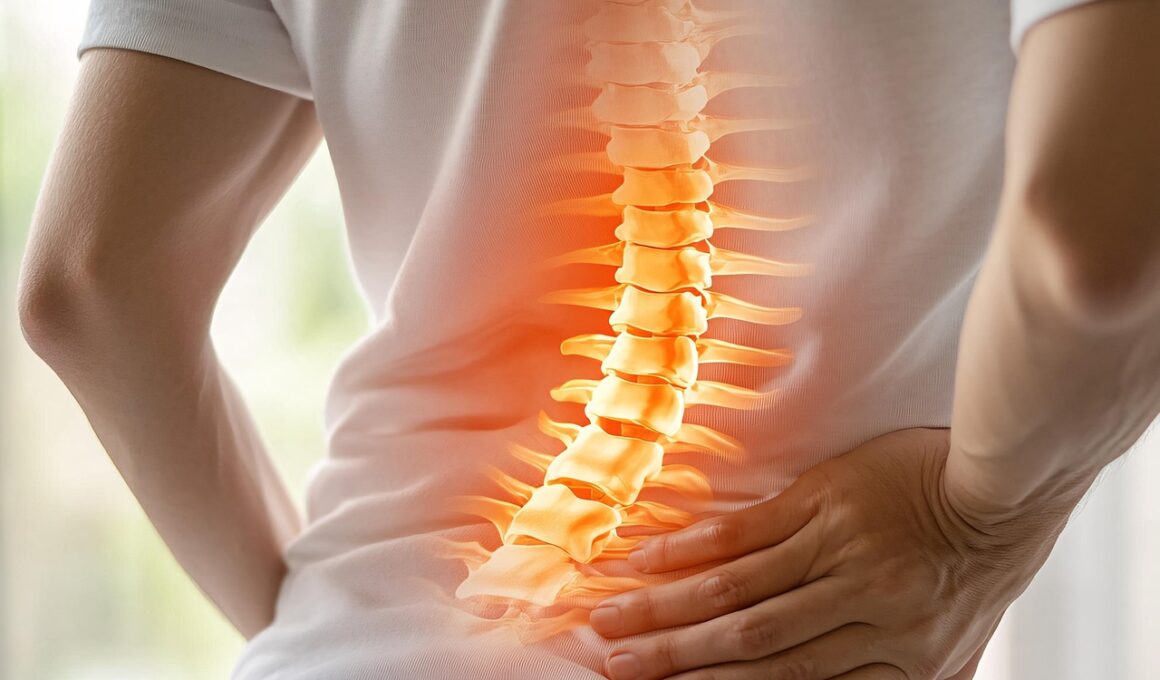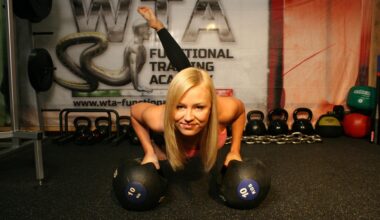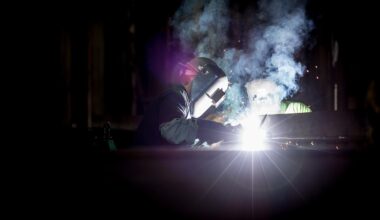Pilates Exercises to Alleviate Lower Back Pain
Lower back pain is a common issue faced by many individuals, often stemming from poor posture and lack of core strength. Pilates offers a systematic way to address this discomfort through targeted exercises aimed at strengthening the core, enhancing flexibility, and improving spinal alignment. One of the most effective Pilates exercises for lower back pain relief is the ‘Pelvic Tilt’. This exercise not only strengthens the abdominal muscles but also assists in stabilizing the lumbar spine. Regular practice can lead to increased awareness of body alignment, which is essential in preventing pain recurrence. Begin by lying on your back with your knees bent and feet flat on the floor. As you exhale, engage your abdominal muscles to gently tilt your pelvis upwards while ensuring your lower back remains in contact with the mat. Hold this position for a few seconds before releasing. Consistency is key, and incorporating this exercise into your routine may provide significant relief from discomfort. Additionally, consult with a qualified instructor to ensure proper form during all exercises, as incorrect posture can lead to further injury and tension in the back.
Another beneficial exercise in the Pilates repertoire is the ‘Cat-Cow Stretch’, which effectively mobilizes the spine and enhances flexibility. This dynamic stretch involves moving between arching and rounding your back, allowing for better circulation and relaxation of the spine. Begin on all fours with your wrists aligned under your shoulders and your knees beneath your hips. Inhale deeply, arching your back and lifting your head and tailbone toward the sky, this is the ‘Cow’ position. As you exhale, round your spine, tucking your chin towards your chest to create the ‘Cat’ pose. Repeat this flow for several breaths, focusing on the articulation of each vertebra. This exercise addresses stiffness and promotes better spinal alignment, reducing the risk of injury. Not only does the Cat-Cow stretch promote back health, but it also strengthens the muscles surrounding the spine, which play a crucial role in maintaining proper posture. For maximum benefits, practice this exercise daily, and consider integrating it into your warm-up routine before more intense activities, helping to prepare your body for movement.
Strengthening Core Muscles
The ‘Bridge Exercise’ is another pivotal Pilates movement ideal for alleviating lower back pain by strengthening the gluteal muscles, hamstrings, and core. To perform this exercise, lie flat on your back with your knees bent and feet hip-width apart, flat on the floor. Start by pressing your feet into the mat and engaging your glutes. Gradually lift your hips toward the ceiling while ensuring to keep your shoulders and feet on the floor. This position strengthens the core while stretching the hip flexors. Hold the bridge position for several seconds, focusing on squeezing the glutes at the top of the motion. Slowly lower your hips back to the mat and repeat. A crucial element to remember is maintaining the correct alignment, ensuring your knees remain in line with your feet throughout the lift. Practicing the bridge regularly builds strength in key areas that support the lower back, making it an essential component of any Pilates routine aimed at relieving discomfort and enhancing overall stability in the spine.
The ‘Spine Twist’ is an exceptional exercise that promotes spinal mobility and releases tension in the back muscles. This exercise engages the obliques and encourages fluid movement through the spine. Sit tall with your legs extended in front of you, keeping your back straight. Inhale as you raise your arms parallel to the floor, then exhale as you twist your torso to one side, keeping your hips firmly planted. Hold the twist for a few seconds, breathing deeply. With each inhale, lengthen your spine; with each exhale, deepen your twist. Return to the center on an inhale and repeat to the opposite side. Practicing the Spine Twist helps in maintaining a healthy range of motion in the thoracic spine, critical for preventing discomfort. This exercise can be integrated into your Pilates routine to enhance flexibility and support spinal health, ultimately helping to alleviate lower back pain. Keeping your movements controlled is vital, as this not only protects your back but also ensures you’re maximizing the benefits of the stretch and strengthening associated muscles.
Improving Flexibility
Incorporating ‘Wall Roll Down’ into your practice can offer profound benefits for your lower back pain. This exercise targets the spine’s flexibility and encourages a gentle articulation from the head to the tailbone. Stand tall with your back against a wall; ensure your heels are slightly away from the wall, engaging your core. Start with your chin tucked to the chest, taking a breath to prepare. As you exhale, slowly roll down, vertebra by vertebra, keeping your back flat against the wall until you reach a comfortable position. After a brief pause, focus on rolling back up, maintaining contact with the wall throughout. This movement improves spinal flexibility while alleviating tension built up through daily activities. It’s crucial to practice this exercise slowly, allowing your body to adjust and fully engage muscle groups essential for stability. Utilizing the wall as support helps ensure that your alignment remains intact, which is essential as you continue to progress in your Pilates journey. Regular practice can lead to improved posture, decreased back pain, and enhanced functional movement in daily life.
The final exercise worth considering is the ‘Side Leg Lift’, which targets the hip abductor muscles, supporting pelvic stability essential for spinal health. Begin by lying on your side, ensuring your body is in a straight line with your head resting on your arm. Engage your core muscles and lift your top leg toward the ceiling, keeping it straight, then lower it back down without fully resting. The movement should be slow and controlled, focusing on using the hip muscles rather than momentum. This exercise not only builds strength in the hips, thus supporting the lower back; it also encourages better body mechanics. Aim to perform sets of this exercise on both sides to ensure balanced strength development. Integrating the Side Leg Lift into your routine can have positive effects on your posture since stronger hip muscles can help distribute weight effectively throughout your pelvis and lower back. For optimal results, incorporate this exercise into your Pilates schedule, especially if you frequently experience discomfort or stiffness.
Conclusion
In conclusion, incorporating Pilates exercises into your daily routine can greatly relieve lower back pain while promoting overall spine health. Each movement, from the Pelvic Tilt to the Side Leg Lift, targets specific muscle groups that, when strengthened, support the spine and improve posture. It is essential to engage in these exercises consistently to achieve the best results and enhance functional movement in daily activities. Remember to listen to your body and adjust as needed to avoid injury while performing these exercises. Pilates encourages mindfulness and awareness of body mechanics, which can lead to long-term benefits for your back health. Seek guidance from a certified Pilates instructor to ensure correct form and execution of these movements, maximizing their effectiveness. As you embrace this practice, you will likely notice improvements in not just your back pain, but also your overall strength and flexibility. Empowering yourself with knowledge about your body promotes healthier habits. The journey towards improved spine health is attainable with commitment and dedication.
By adopting the principles of Pilates in alignment with your lifestyle, you’ll be taking proactive steps toward alleviating lower back pain. Integrating these exercises into your daily regimen fosters a mindful approach to movement, ultimately benefiting your health. If you experience ongoing pain, consult a healthcare professional before starting any new exercise program. It’s crucial to create a customized routine that suits your body’s specific needs. Remember to monitor progress over time to appreciate improvements and adjustments you make. Each Pilates session enhances not only strength but also foster inner awareness; your body will become an improved instrument for movement. Emphasize quality over quantity, concentrating on precise execution rather than rushing through repetitions. Pilates is all about control, breathing effectively is fundamental while performing movements to ensure a flow of energy throughout the body. Engage with a Pilates community for support or accountability that fosters motivation and inspires your journey towards better spine health. Consequently, integrating mindfulness, strength, and flexibility into everyday activities creates resilience against injury. Embrace the journey to discover what feels best for your body and commit to a routine that supports your wellness goals.


